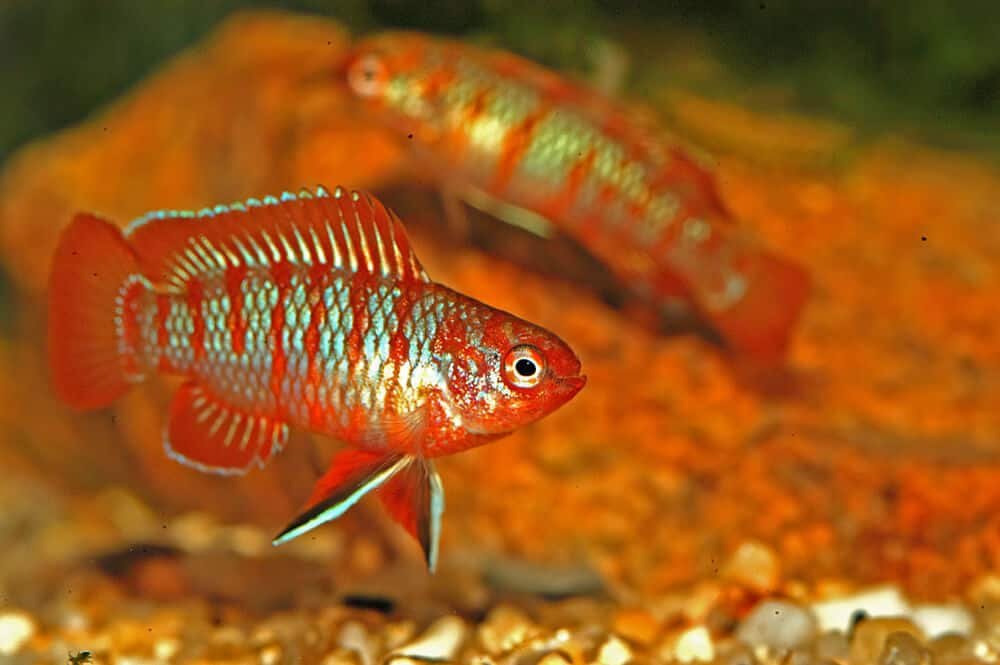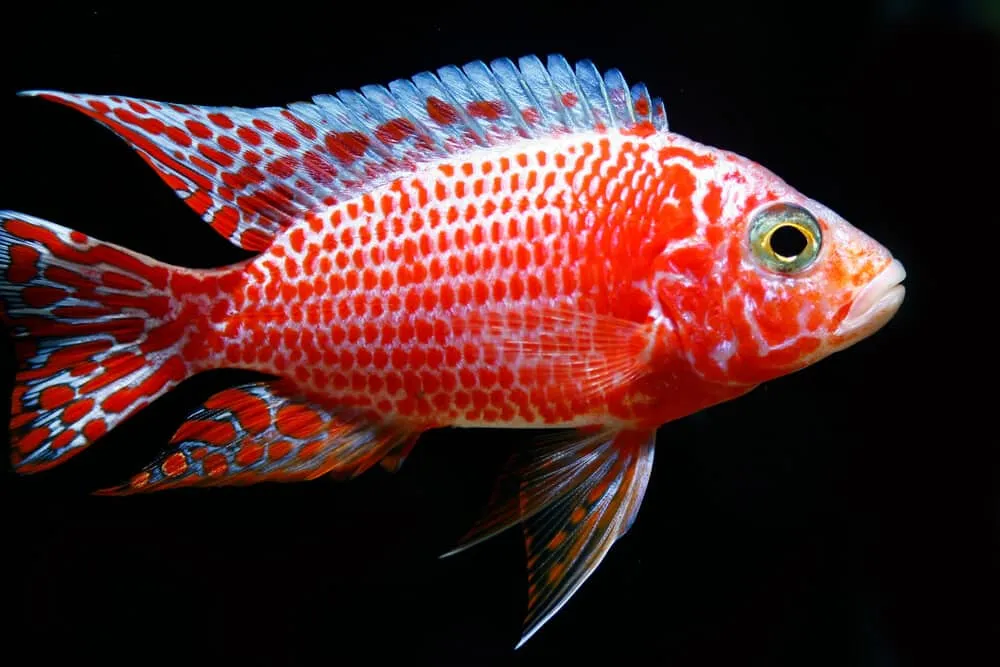What Are The Signs Of A Healthy Goldfish?
Having a goldfish can be an exciting and rewarding experience, but ensuring its health is crucial for its well-being. Knowing the signs of a healthy goldfish is essential for any owner. From vibrant colors to active swimming patterns, these indicators can provide valuable insights into your goldfish’s overall health. In this article, we will explore some key signs that can help you determine if your goldfish is thriving and happy. By paying attention to these signs, you can ensure that your goldfish lives a long and healthy life.
Physical Appearance
Bright and Vibrant Coloration
A healthy goldfish will display bright and vibrant coloration. Whether your goldfish is a fiery red, shimmering gold, or spotted black, its colors should be rich and lively. Dull or faded colors may indicate poor health or a lack of proper care. So, if your goldfish is sporting its vibrant hues, it’s a positive sign of its overall well-being.
Smooth and Shiny Scales
The scales of a healthy goldfish should be smooth and shiny. Run your fingers gently over the fish’s body – if you feel any roughness or bumps, it could indicate an infection or parasitic infestation. Shiny scales reflect good health, indicating that the goldfish is receiving a balanced diet and living in a suitable environment.
Clear and Bright Eyes
A healthy goldfish will have clear and bright eyes. Their eyes should be free from cloudiness, swelling, or redness. These signs could be indicators of an infection or other underlying health issues. Clear and bright eyes demonstrate a goldfish’s alertness and overall good health.
Healthy Fins and Tail
Inspect your goldfish’s fins and tail for any tears, fraying, or discoloration. Healthy fins and tails should be intact, with no signs of deterioration. Any abnormalities could be a result of poor water quality or stress. A goldfish with healthy fins and tails will exhibit graceful swimming and appear vibrant and lively.
Active and Alert Behavior
A healthy goldfish will display active and alert behavior. It should swim around its tank with ease, show interest in its surroundings, and respond to its environment. Lethargy or prolonged periods of inactivity may indicate health issues and should be observed closely. A goldfish that engages in playful behavior and consistently displays an alert demeanor is likely in good physical condition.
Appetite and Eating Habits
Eating Regularly and Enthusiastically
A healthy goldfish will have a healthy appetite, eating regularly and with enthusiasm. It should eagerly approach each feeding and consume its food without hesitation. Observing whether your goldfish actively seeks food and devours it greedily is essential in ensuring its well-being.
No Signs of Over or Underfeeding
Monitoring your goldfish’s food consumption is crucial to maintain its health. It’s essential to strike a balance and avoid over or underfeeding. Overfeeding can lead to digestive issues and bloating, which can be detrimental to a goldfish’s health. On the other hand, underfeeding can result in malnutrition and stunted growth. Keep a close eye on your goldfish’s weight and adjust its diet accordingly to ensure optimal nourishment.
Balanced Diet and Variety of Food
Offering a balanced and varied diet is crucial for a healthy goldfish. A good-quality goldfish food that provides essential nutrients and minerals should form the main part of their diet. Supplement the diet with occasional treats like freeze-dried or live foods, such as bloodworms or brine shrimp. This variety ensures that your goldfish receives a well-rounded nutritional intake, promoting its overall health and vitality.
Water Quality and Environment
Clean and Clear Water
Maintaining clean and clear water is vital for a goldfish’s well-being. Regular water changes and diligent tank maintenance are paramount to ensure optimal water quality. A healthy goldfish thrives in an environment free from debris, excessive algae growth, or foul smells. Regularly check the clarity of the water, as crystal-clear water is a sign of a healthy aquatic habitat.
Optimal Water Parameters
Understanding and maintaining the right water parameters is crucial for a goldfish’s health. Goldfish thrive in a freshwater environment with specific temperature ranges, pH levels, and ammonia levels. Regularly test and monitor these parameters using a reliable test kit to ensure they are within the appropriate range for your goldfish species. Consistently providing optimal water conditions helps to prevent stress and promotes a healthier, longer life for your goldfish.
Adequate Oxygen Levels
Goldfish are highly dependent on adequate oxygen levels in their environment. Ensure that your goldfish tank is equipped with a suitable filtration system that promotes oxygenation. Additionally, strive to maintain good water movement to ensure proper gas exchange at the water surface. Oxygen-rich water supports your goldfish’s respiratory function and overall health.
Suitable Tank Size
Providing a suitable tank size is essential for a goldfish’s well-being. Goldfish produce more waste than many other aquarium fish, so they require ample space to swim and thrive. A minimum of 20 gallons is recommended for a single goldfish, with an additional 10 gallons per additional fish. A spacious tank allows your goldfish to exercise, reduces stress, and ensures a healthy living environment.
Respiratory Function
Smooth and Regular Breathing
Observing your goldfish’s respiratory function can provide insight into its health. A healthy goldfish will exhibit smooth and regular breathing, effortlessly taking in and expelling water through its gills. Respiratory distress, such as gasping at the water surface or rapid gill movement, could indicate poor water quality, oxygen deficiency, or underlying health issues. Monitoring your goldfish’s breathing patterns can help detect and address potential problems promptly.
No Gasping or Rapid Gills Movement
A healthy goldfish should not display any gasping behavior or rapid gill movement. Gasping at the water surface is a clear sign of distress and may indicate the need for immediate attention. Similarly, rapid or irregular gill movement can signify a lack of oxygen or respiratory issues. By ensuring excellent water quality, oxygenation, and suitable tank conditions, you can help maintain your goldfish’s respiratory health.
Digestive System
Normal Excretion and Feces Appearance
Monitoring your goldfish’s excretion and feces appearance provides valuable insights into its digestive system. Healthy goldfish will have well-formed, consistent feces indicating proper digestion. Any abnormalities, such as stringy or discolored feces, may suggest digestive issues, parasitic infestation, or an imbalanced diet. Regularly observing your goldfish’s excretion allows you to identify and address potential digestive problems promptly.
General Behavior
Active and Engaging
A healthy goldfish will exhibit active and engaging behavior. It should actively explore its environment, interact with its surroundings, and investigate new additions to its tank. Engaging behavior, such as playful swimming or interacting with tank decorations, is a positive sign of a goldfish’s well-being. If your goldfish is responsive, curious, and demonstrates a zest for exploration, it’s likely in good general health.
No Signs of Lethargy or Restlessness
Lethargy or restlessness can be indicators of underlying health issues in goldfish. A healthy goldfish should not exhibit prolonged periods of inactivity, listlessness, or excessive hiding. Conversely, constant frantic swimming or restlessness may signify stress or discomfort. Observing balanced behavior, with periods of activity interspersed with rest, indicates a goldfish’s overall good health and well-being.
No Abnormal Swimming Patterns
A healthy goldfish will swim gracefully and without any abnormal behaviors. The fish should have well-coordinated and purposeful movements, without excessive twitching, rolling, or swimming in circles. Unusual swimming patterns can indicate swim bladder disorders or other health issues. Monitoring your goldfish’s swimming behavior regularly helps to identify and address potential concerns promptly.
Social Interaction
Healthy Interaction with Tank Mates
Goldfish are social creatures and thrive with suitable tankmates. A healthy goldfish will interact positively with its tank mates, displaying harmonious behaviors and peaceful coexistence. Friendly interactions, such as swimming together or occasional fin nudging, are signs of a goldfish’s ability to form healthy social bonds. Avoid aggression, bullying, or physical harm between tankmates, as these can be signs of stress or potential health problems.
No Signs of Aggression or Bullying
Aggression or bullying within the tank can negatively impact a goldfish’s well-being. A healthy goldfish will not engage in aggressive behaviors towards other tank mates. Signs of aggression include fin nipping, chasing, or relentless territorial behavior. Address any signs of aggression swiftly to maintain a peaceful and sociable environment for your goldfish and its tankmates.
Parasite and Disease Prevention
No Visible Parasites or Signs of Disease
Regular visual inspection is essential to identify any visible signs of parasites or diseases in your goldfish. A healthy goldfish should have smooth skin, free from any white spots, raised scales, or visible parasites. Additionally, be observant of any behavioral changes, such as loss of appetite, abnormal swimming, or scratching against objects. Maintaining excellent water quality and providing a well-balanced diet helps prevent parasites and diseases from affecting your goldfish’s health.
Reproduction and Breeding
Healthy and Successful Reproduction
Reproduction is a natural part of a goldfish’s life cycle, and healthy goldfish should be capable of successful reproduction. Males may chase and bump into females, engaging in a courtship dance before spawning occurs. Active spawning behavior, noticeable egg-laying, and subsequent fertilization are signs of healthy reproductive processes. If your goldfish are demonstrating successful reproduction, it demonstrates a positive indication of their overall good health.
Longevity
Generally Long Lifespan
Goldfish have the potential for a long lifespan when provided with proper care and a suitable environment. On average, goldfish can live for 10 to 15 years, with some reaching even longer. By meeting their specific needs, such as maintaining excellent water quality, providing balanced nutrition, and minimizing stress, you can maximize your goldfish’s lifespan potential.
No Premature Aging or Degenerative Signs
Premature aging or degenerative signs can indicate inadequate care or health problems. A healthy goldfish should not display signs of premature aging, such as sluggishness, deterioration of scales, or rapid decline in mobility. By ensuring optimal conditions, including proper nutrition, regular exercise, and maintaining a stress-free environment, you can help ensure your goldfish remains vibrant and resilient throughout its lifespan.
In conclusion, observing the signs of a healthy goldfish involves assessing various aspects of its physical appearance, behavior, and overall well-being. From vibrant coloration to active behavior, clear eyes, and smooth scales, a healthy goldfish showcases these characteristics. By providing a suitable environment, balanced nutrition, and regular observation, you can proactively maintain your goldfish’s optimal health and longevity.






